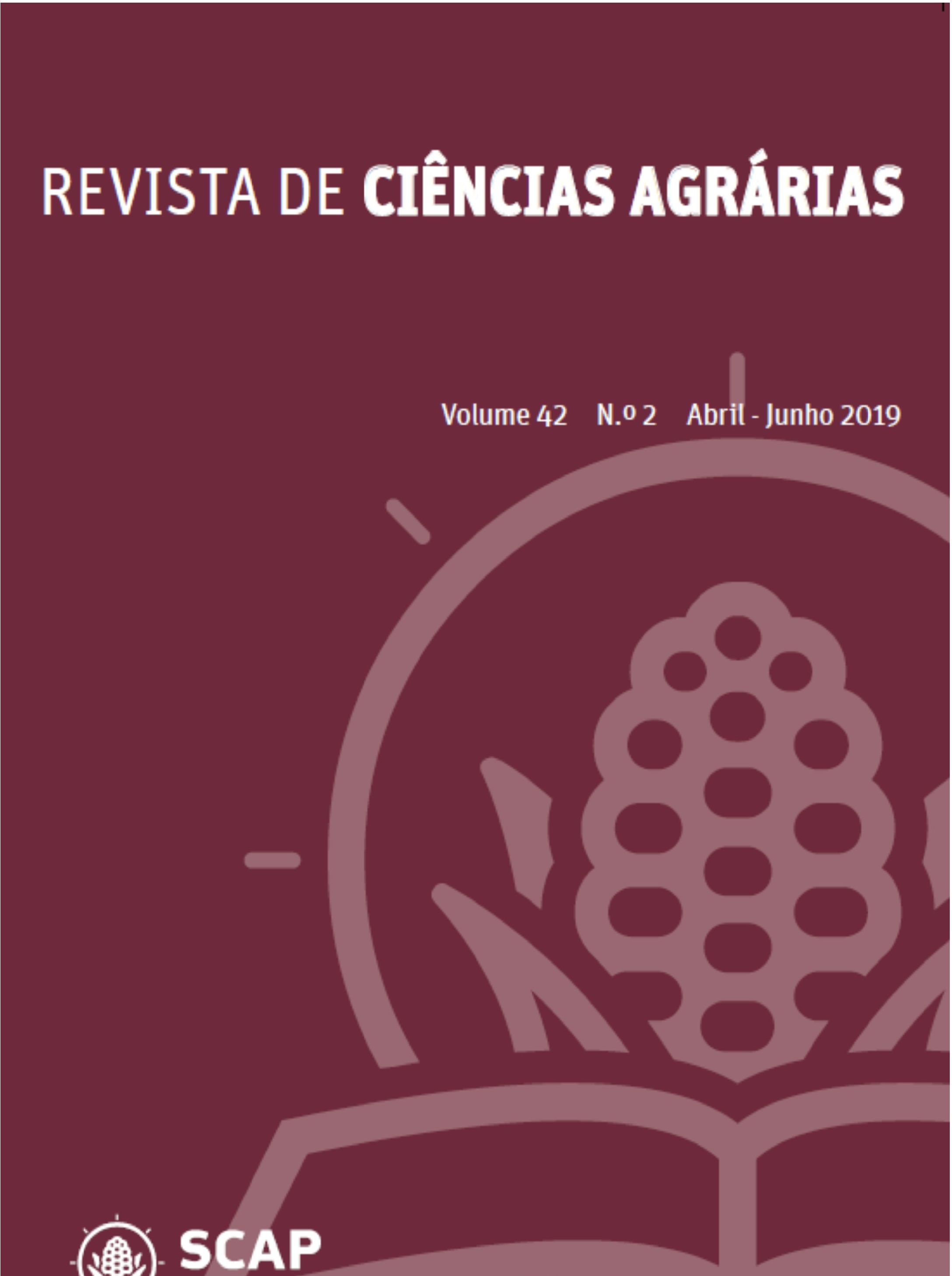Reduction in corn space in low altitude soils
DOI:
https://doi.org/10.19084/rca.17476Abstract
The aim of this work was to evaluate the influence of the spatial arrangement, by reducing spacing between plant lines, on maize cultivation in two low altitude soils in the western part of the State of Paraná, Brazil. The studies were conducted in two experimental areas of Cooperativa C.Vale, in the agricultural year of 2014/15, one located in Palotina (very clayey soil) and the other in South Brasilândia (medium texture), in which the experimental design was the randomized blocks with four replicates. The treatments were arranged in a 2x4 double factorial (Hybrids X Spacings) and the corn hybrids used were 2B587PW and 2B810PW. The lines spacing were 25, 50, 75 and 100 cm. Corn hybrids were sown and maintained with a population of 70 thousand plants per hectare. The analyzed variables were: height of plants and diameter of stems; number of bedded plants; number of damaged spikes; number of exposed spikes; percentage of burned grains; mass of 100 grains and productivity. The best arrangement of plants in soils at low altitude was conferred by the reduction of line spacing and the increase of plant spacing in the line.


